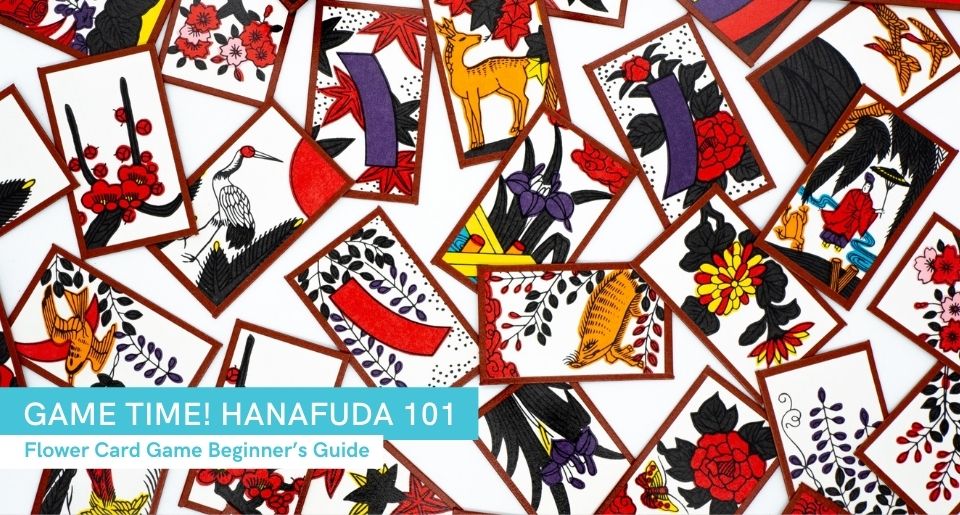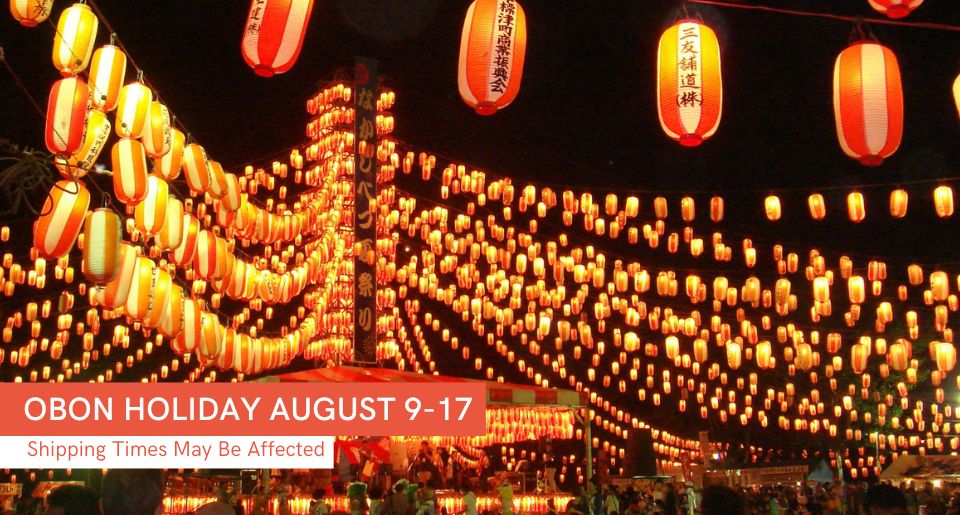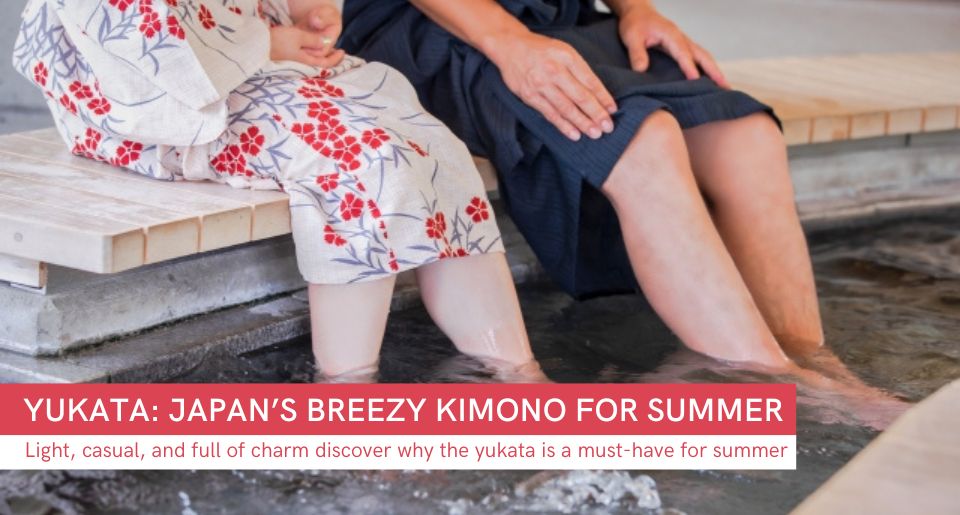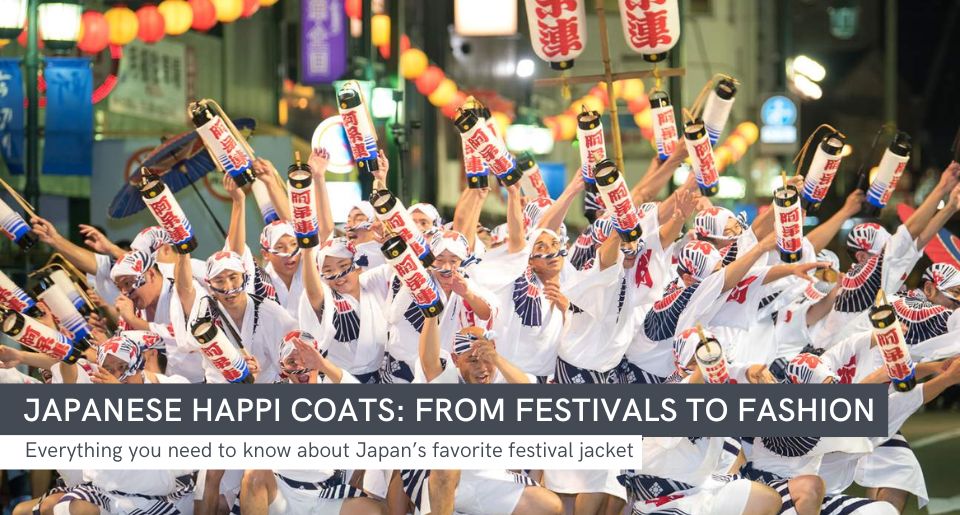Contents
Introduction
Welcome to the joyful world of Hanafuda, the famous 'flower cards' hailing from Japan, where history and fun intertwine in a deck!
The Japanese have historically excelled in card gaming, and the age-old game of Hanafuda is a shining example. having withstood the test of time with its boundless fun and challenge it offers to players.
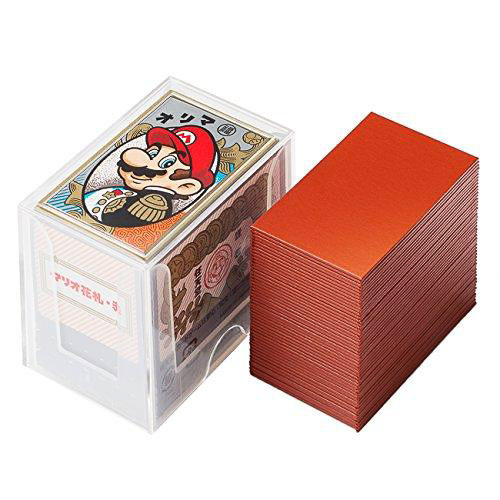
Nintendo Mario Hanafuda on ZenPlus
If you've landed on this article, chances are you're curious about the ins and outs of this popular Japanese card game. Stick around to find answers to all your burning questions – from its historical roots to its growing fame, the specifics of its gameplay, rules, and how to play. And to top it all off, we’ll guide you on where to find genuine Hanafuda cards for the ultimate Japanese card gaming experience!
A Game of History, Strategy, and Pure Joy!
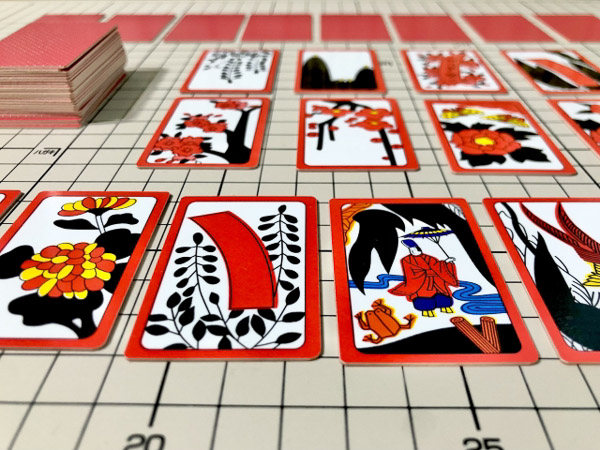
Hanafuda, or 'flower cards,' is a traditional Japanese card game that's not just a hit in Japan, but has been also winning hearts globally with its interesting history and engaging gameplay that promises tons of fun - and boy, does it deliver!
You might find it fascinating that Hanafuda's roots go all the way back to the Heian Era (794-1185). Back then, aristocrats played 'mono-awase,' a game where they compared collections of items like shells and fans. Little did they know, they were setting the stage for what would become the Hanafuda we know today.
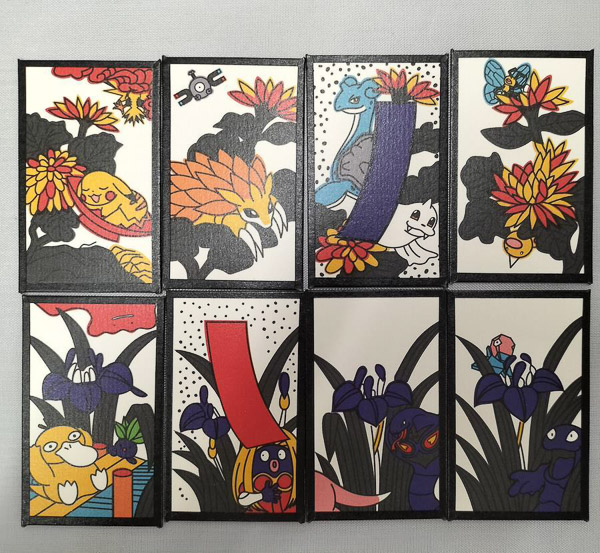
Pokemon themed set of Hanafuda cards on ZenPlus
The game underwent significant evolution over the centuries, influenced by various cultural elements. During the Edo period, the introduction of Portuguese trading cards led to the birth of Hanafuda cards. These cards, a blend of kai-awase (shell comparison) and hana-awase (flower comparison), solidified into a standardized set of 48 cards.
Although Hanafuda was becoming increasingly popular, it faced a setback during the Kansei Reforms when it was banned for its gambling image. But, in a happy turn around 1885 and the Meiji Restoration, the ban was finally lifted and Hanafuda shed its gambling stigma to become a game enjoyed by all.
Hanafuda Explained: Cards, Suits, and Gameplay
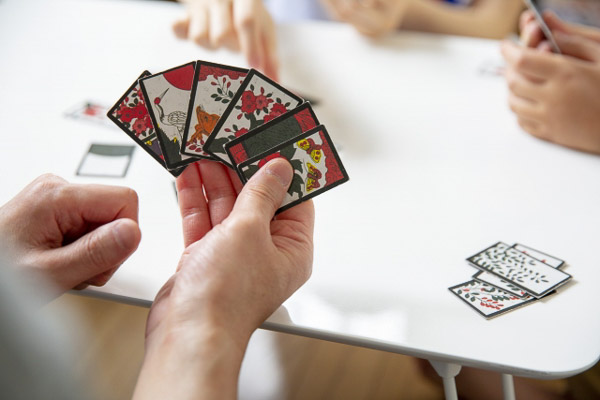
Now, let's get to the part you're probably itching to learn about – the card suits, gameplay, objectives, and rules of Hanafuda cards. Read on for the full scoop!
- The Cards and Suits: Each of the 12 suits (months) contains 4 cards, making a total of 48 cards. The suits are: Pine (January), Plum Blossom (February), Cherry Blossom (March), Wisteria (April), Iris (May), Peony (June), Bush Clover (July), Susuki Grass (August), Chrysanthemum (September), Maple (October), Willow (November), and Paulownia (December). Cards vary in value and significance, with some featuring animals, ribbons, or other special symbols.
- Basic Gameplay: In the game 'Sakura' (Hawaiian-style Koi-Koi or Higo-Bana), the objective is to match cards by suit to collect high-point-value cards. Teams can consist of two to seven players.
- Dealing Cards: The number of cards dealt varies based on the number of players. For instance, in a two-player game, each player receives eight cards, and eight cards are placed face-up in the middle (the "field").
- Card Matching and Collection: Players play a card from their hand into the field and then flip a card from the deck into the field, capturing matching suits. Captured cards with point values are kept, while zero-point cards are discarded.
- Wildcard and Hiki Rules: The game incorporates special rules like the Lightning Storm ("Gaji") wildcard, which can be matched with any card, and 'hiki' rules, allowing players to capture all four cards of a suit under specific conditions.
- Scoring: The round ends when players run out of cards, and points are tallied, including deductions for yaku (bonus card combinations) scored by opponents.
Epic Hanafuda Nights Await, A Click Away!
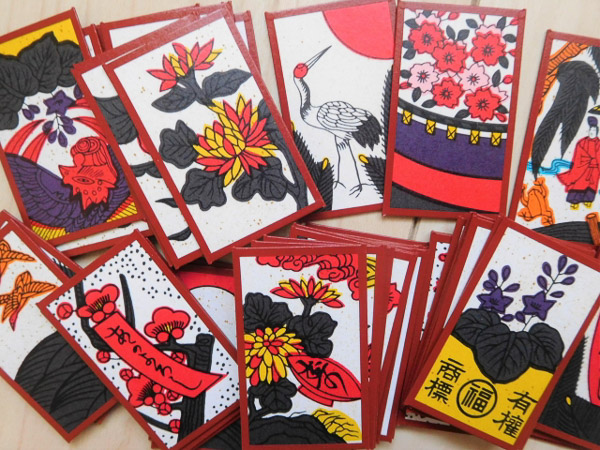
Now that you've nailed down the gameplay and rules, time to spring into action and get your hands on the authentic Hanafuda cards!
Snagging genuine Japanese-made Hanafuda cards for epic game nights with friends and family is surprisingly simple, all thanks to ZenPlus and its massive selection of over 5 million Japanese items from more than 3,000 retail shops in Japan!
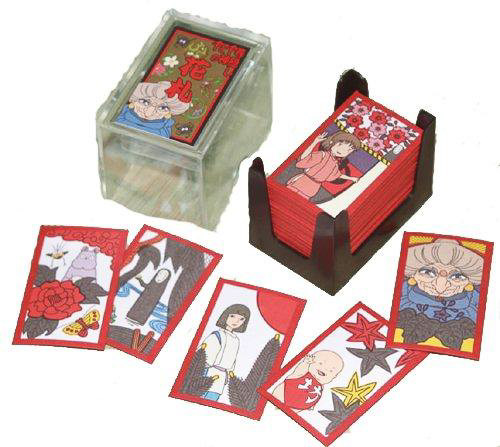
Spirited Away themed set of Hanafuda cards on ZenPlus
Imagine chilling with your crew, those vibrant, art-filled cards laid out, bringing a mini Japanese play area right into your living room. This cozy scene can become a reality in just three steps: visit ZenPlus, find the Hanafuda game section and toss those pretty cards into your cart, hit order, and before you know it, they'll be making their seamless journey from Japan right at your doorstep, delivering the endless fun you asked for!
About The Writer
Meet Mariam - a freelance writer whose heart beats for the captivating world of Japanese culture. She's fascinated by the breathtaking cherry blossom trees, the irresistible traditional dishes and snacks, the timeless fashion, the adorable natural makeup, and of course, the world-famous anime, just to name a few of her passions. Now, with boundless creativity and determination, she aims to deliver the most valuable content for readers to offer them a glimpse into her passions in life.

